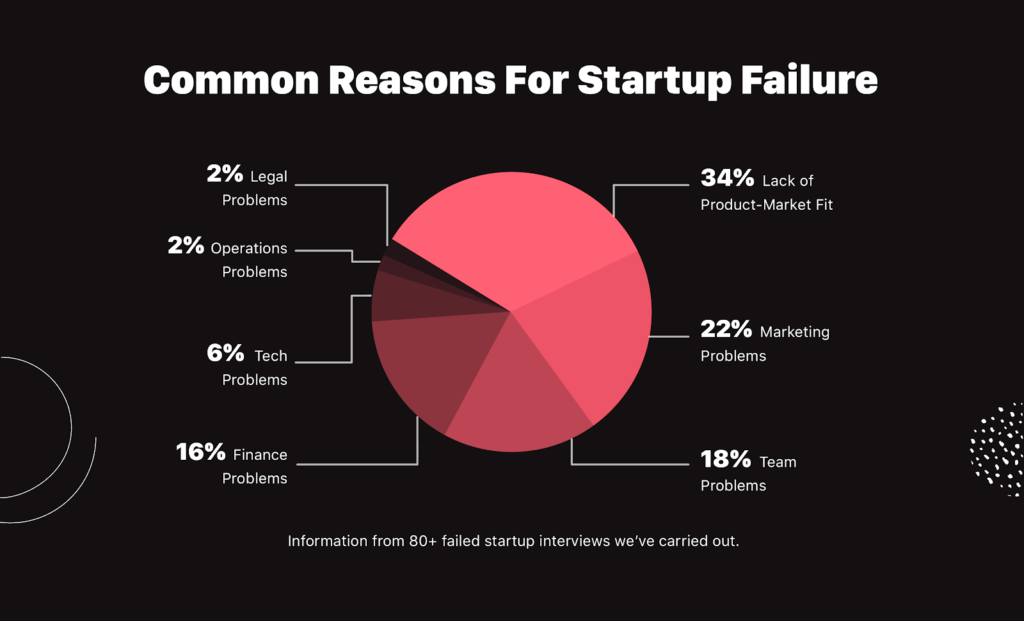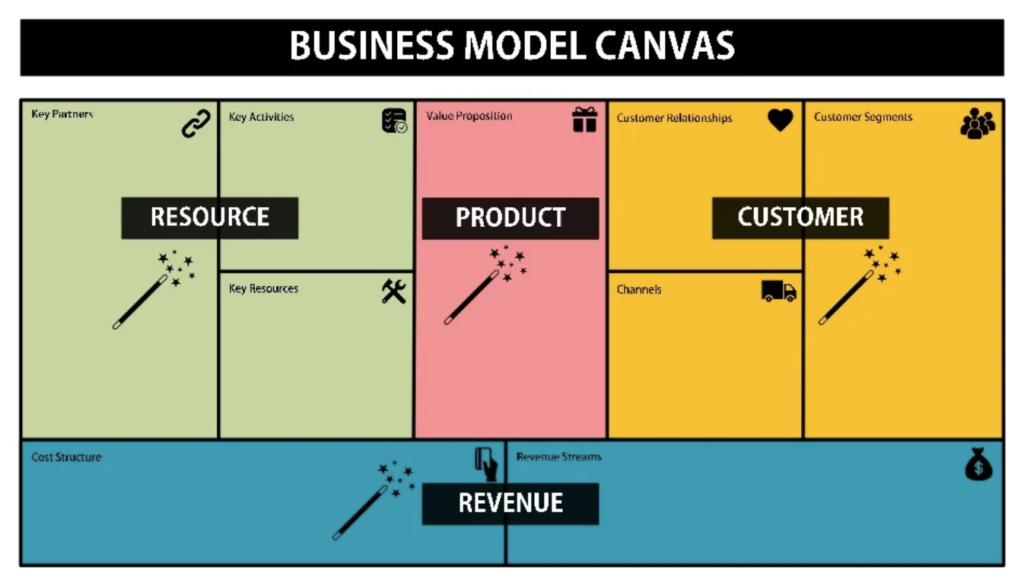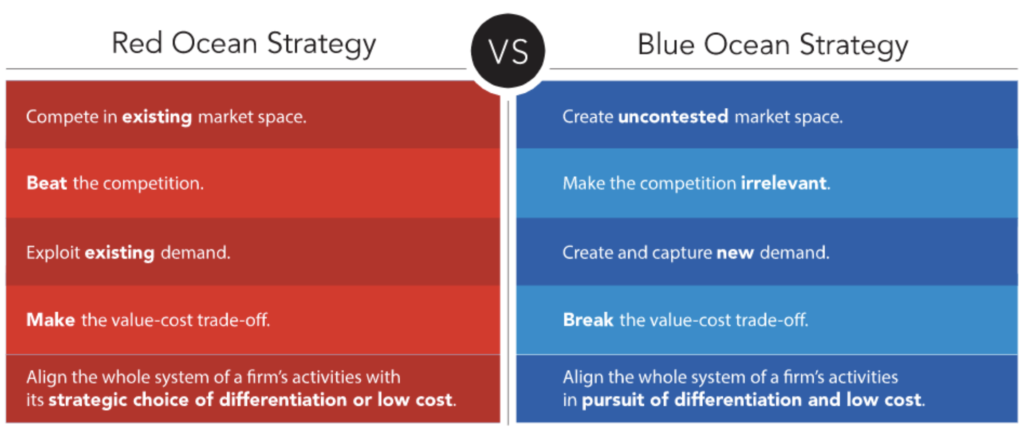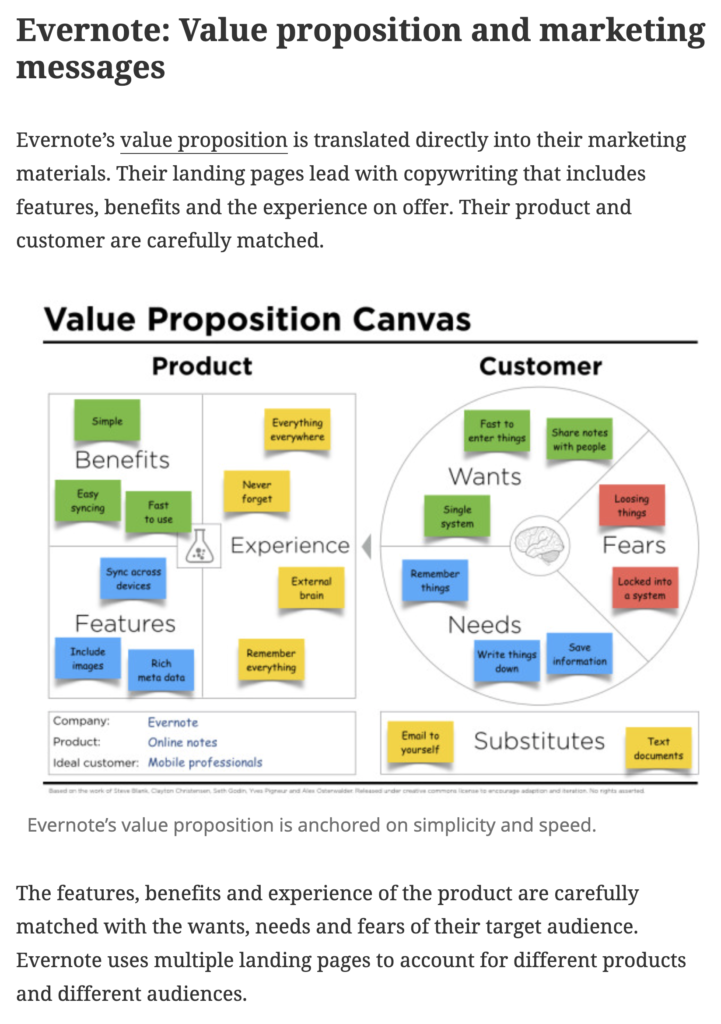Strategy
Time to review your Digital Strategy?
Businesses make strategic investments to earn revenue and market share. In a hyper competitive environment, it is critical to assess your strategy and avoid risks in your investments whether the business is a startup or a department within a large company.
To illustrate the importance of having a good strategy, here is a sample research study that identifies causes of failures for startups (Note: Departments investing in digital marketing and digital transformation will face similar risks).

A poor strategy could lead to many if not all of the issues mentioned above. Product-Market fit and Marketing would suffer without a good strategy. Further knock-on effects would show up with the working team, exposing vulnerabilities and gaps with knowledge skillsets. Similarly, the wrong (or no) strategy could expose the business to wasteful expenditures of money through inefficiency or spend in the wrong areas. Tech, operations and legal can be impacted as well.
The good news is that there are processes for crafting a strategy to avoid these pitfalls when innovating with digital marketing and personalisation programs.
MyCMO works with clients to develop strategy that covers Digital Marketing, products and infrastructure using lean, measurable and actionable techniques.
Digital Marketing, especially Google and Social Media, continues to offer popular channels that bring in new business and revenue. These options, however are available to everyone and, by themselves, do not create true uniqueness or separation from competitors.
Even more concerning, these channels, which are heavily relied on by the masses, create ‘auction style’ dynamics. This makes tactical marketing harder and more expensive to get repeat results over time.
MyCMO does not suggest abandoning traditional Digital Marketing strategies and tactics like this. Instead, we suggest taking a more strategic approach to your spend with an emphasis on retention based programs (including personalisation).
With the right strategy, your business uses Google and Social Media less as a dependency and more as an option that can be balanced against spend in the areas of 1st party data, business intelligence, personalisation and retention programs.
In summary, we work with you to build or refine a strategy and digital roadmap to maximise profitability and repeat customer spend over time.
Our Digital Strategy Process
We work with businesses to review their short and long term goals as well as how they measure success. This enables us to form a baseline for your business. With this baseline, we isolate gaps and opportunities to achieve more from your marketing spend. Here are the areas we work on specifically:
Strategy Audit
- Is there a strategy and is this articulated clearly to all levels of the business?
- Has the business produced documents such as SWOT, Business Value Propositions or other documents as part of communicating this to staff?
- Are campaigns, tactical activity and performance connected to the strategy?
- How has the business structured its talent and spend to optimise effectiveness in achieving the key performance metrics?
Marketing Audit
- Marketing spend and returns
- Channel Analysis – sources of revenue
- Time expenditure
Capability Audit
- Talent assessment vs. requirements of the job
- Applications used to support marketing
- IT and infrastructure supporting marketing
You can work with MyCMO in any or all of these areas based on your business needs and requirements.
Supercharge Your Digital Strategy
For big clients or startups that engage in digital marketing, digital transformation and personalisation programs, we use Business Model Canvas and Value Proposition Canvas. These are techniques used by some of the most successful businesses in the world.
The techniques are preferred for being much less time consuming than traditional business cases typically used as the foundation for a strategy.
These techniques offer the further advantage of being far less reliant on assumptions about the future where there is the risk of significant miscalculations or things the business cannot realistically predict.
In summary, this approach can supercharge your digital strategy with an iterative and scientific approach that reduces the risks of failure. More importantly, the process is reusable and effective as a medium of communication to articulate the strategy to key stakeholders.

A business model canvas is a visual representation of a “business model” that includes all aspects of the end to end process where the business is delivering a product or service to the customer. It is important to note that what makes this format effective is that it is designed to be flexible and easy to adapt and change.
This approach is an excellent tool for harnessing the complexities of marketing personalisation programs that cut across products, technology infrastructure, data and customer segments.
Different businesses will have their own propositions and structures for delivering value. Success is achieved by applying rigor to all aspects of the business model in concept creation and testing. This can be done from scratch or as an iteration of an existing model.
Another key consideration for strategy is whether to focus on existing markets and competitors or attempt to create a new market with new customers and no initial competitors.
The image below explains key differences between these strategic choices in the form of Red Ocean Strategy vs Blue Ocean Strategy.

Should you use Blue Ocean or a Red Ocean Strategy?
There are two different approaches to competition when forming a strategy and understanding the nature of your competition is a critical first step in deciding what strategy to pursue.
Red Ocean Strategy is focused on existing customers and competing in existing markets whereas Blue Ocean Strategy focuses on new customers and creating markets that do not already exist.
The Business Model Canvas template above highlights where each strategy tends to focus.
Business can choose to focus on already existing products and enhancements (as seen in the the red box tp represent Red Ocean Strategy).
Alternatively, a Blue Ocean Strategy can choose to focus on BOTH cost efficiencies and new revenue streams together (unlike Red Ocean strategy where a trade off must be made between either focusing on product innovation or cost reduction).
There can be significant trade offs and impacts based on which of these two approaches are taken. Impacts include costs (ie. building a better iMac computer by Apple to compete with Microsoft Windows based machines) or research and development activities designed to create new products or services for markets that are not proven to exist.
The risks can be significant so this needs to be thought out and planned carefully.
When the business is clear about the approach it takes to competition, then Innovation can be sought in the areas of Resource Maximisation, Product development, Customer development or Revenue development.

The Value Proposition Canvas offers a more detailed focus inside of the Business Model Canvas focusing on the Value proposition being offered and how well it fits the customer. The above is an example of how Evernote used this technique to supercharge their marketing where the strategy made marketing more effective by matching the “wants, need and feels” of the customer to the value proposition being created.
Build a Roadmap for Success
We work with your business to translate a winning strategy into a roadmap and timeline of marketing and business activity focused on managing risk and achieving measurable and sustained success.
